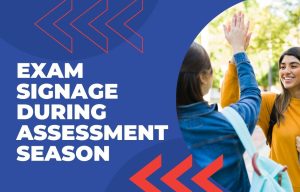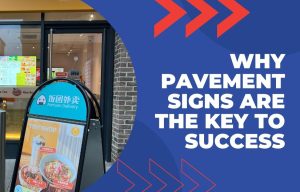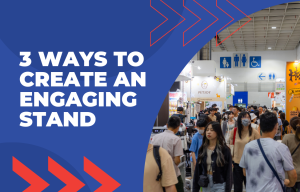Signs are an essential part of any successful event or business. They can be used to promote a venue or product, provide essential information or safety guidance, and display directions. In this blog, we will discuss the applications for signage, which materials you could choose between, and some top tips on designing an effective sign.
What applications require signage?
Signage is used all around us and we undoubtedly see it every day. The types of signage fall under a few categories: promotion (advertising), safety information, general information, and directions to places. Road signage is a similar concept but differs as it is mainly a mandatory permanent installation and includes simple informative symbols or information for drivers. Below is a list of specific applications where signage can be utilised:
- Estate agent boards
- Garden centre this way
- Price reduction
- Pedestrian directions near a construction site
- Branding at an exhibition/trade show
- Security operated premises
- Outdoor flower show
- Festival signposting
- Election campaigns
- Car boot sales
What material should I use for my sign?
The type of material you should choose for your sign depends on where you intend to use it, the duration and of course, your budget.
Correx Signs
Correx is a great low-cost option often commonly used for estate agent boards or temporary signs. It is a fully recyclable corrugated plastic material (falls under the 5 PP symbol – check with your local authority if they collect it or if it can be taken to a local recycling centre). Correx signs are overall lightweight, weatherproof, and built to take plenty of knocks. What’s more, the material can be folded to create bollard covers or wedge signs.
At Discount Displays, we print directly onto our correx signs using eco-friendly HP latex inks which provide a high-quality and durable finish. This popular sign material is available in 4mm or 10mm thickness in size A4 up to 8′ x 4′ (2440mm x 1220mm).
Why choose Correx?
- Affordable
- Strong, durable and impact-resistant
- Fully recyclable
- Versatile fixing methods: nail, screw, cable tie
- Indoor or outdoor use (weatherproof)
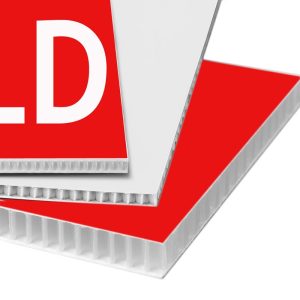
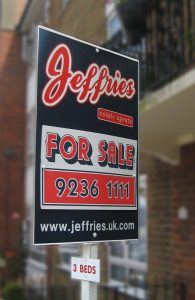
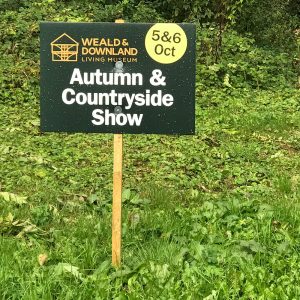
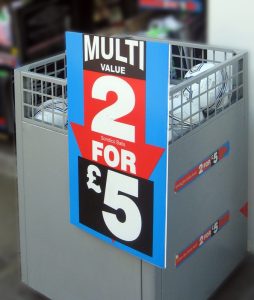
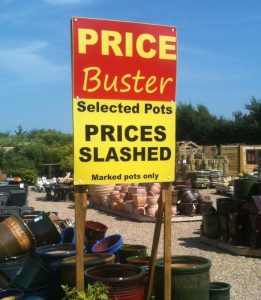
Foamex signs
Foamex is a rigid hardwearing PVC foam that is compressed to create a lightweight weatherproof board. Whilst it is also an affordable option, it will evidently cost slightly more than correx. On the whole, it is suitable for longer-term indoor use and short-term outdoor use, for example, point-of-sale displays or directional signs. It is also fully recyclable and as such an eco-friendly option.
At Discount Displays, we also print directly onto our Foamex using latex inks for a full-colour photo-realistic image. Mostly importantly, you can add a matte texture or an anti-graffiti laminate at an additional cost to improve the visibility and longevity of the sign. It is available in 3mm or 5mm in size A4 up to 8′ x 4′ (2440mm x 1220mm).
Why choose Foamex?
- Strong and durable
- Fully recyclable and fire-retardant
- Versatile fixing methods: nail, screw, or hung in a frame
- Indoor or short-term outdoor use (weatherproof)
- Option doe anti-graffiti or matte texture laminate
- Can be cut into custom shapes with curves or points
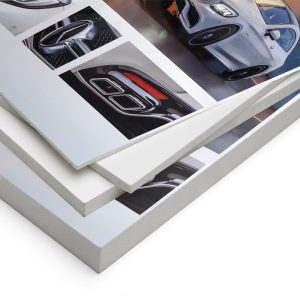
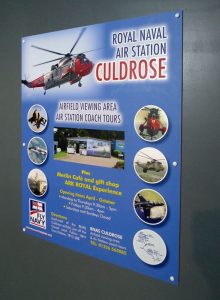
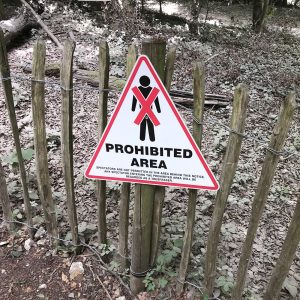
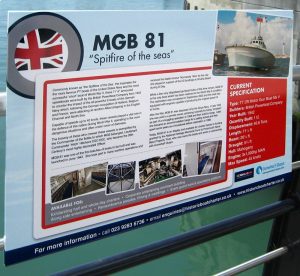
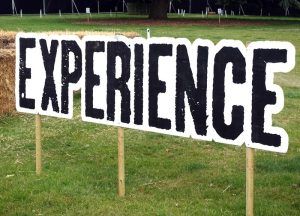
Dibond Signs
Dibond is an Aluminium Composite material that consists of a core of low-density polyethylene sandwiched between 2 layers of 0.15mm thick aluminum. Above all, it is strong, rigid, and lightweight. This material is ideal for property development hoardings, shop front signs, office signs or anywhere you need durable signage. Generally, dibond can be recycled along with other PVC products.
At Discount Displays, we also print directly onto our Dibond signs using latex inks. In contrast, it is a premium form of signage with the highest durability, expected to last long-term up to around 10 years. Our dibond is 100% weatherproof and is unaffected by changes in temperature so is perfect for outdoor applications. It is available in 3mm thick boards and sizes A4 up to 8′ x 4′.
Why choose Dibond?
- The strongest and most durable option
- Lays completely flat, never bends
- Fully recyclable
- Can be fixed to walls, posts, ceilings, and drilled into
- Long-term indoor or outdoor use (weatherproof)
- Withstands a higher wind load and weighs less than Foamex
- Temperature resistance range from -50°C to +80°C
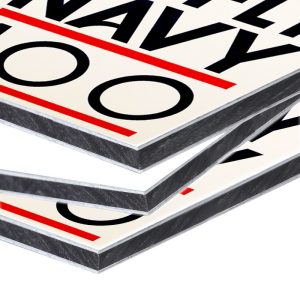
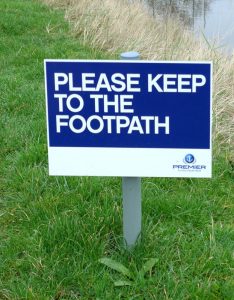
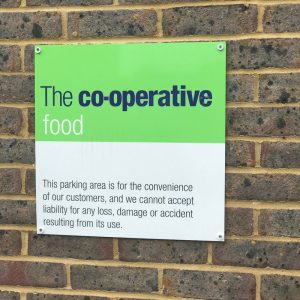
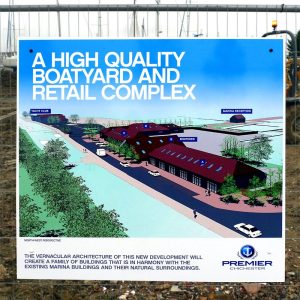
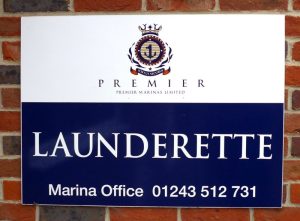
What tips will help me with designing my sign?
Colour
Firstly, it’s important to ensure that the colours you use are high in contrast as this enhances readability and ensures your message can be easily read from various distances. For example, neon colours or even colours that are similar in shade/saturation will be more difficult to see or read. To optimise visibility, it’s recommended to use dark text on a light background or vice versa, which helps create a strong visual distinction.
With this is mind, you can use a colour scheme generator and contrast checker to assess whether you’re colours are suited and readable. These tools help you select combinations that not only look visually appealing but also comply with accessibility guidelines.
Text
The most effective signs are those that convey information clearly and concisely. Using minimal text helps to ensure the message can be quickly absorbed. Viewers tend to lose interest if a sign requires too much time to read, so keeping the content short, informative, and to the point is crucial for grabbing and maintaining attention. In general, bullet points, single-line statements, or even impactful keywords are often more effective than lengthy sentences. Additionally, it’s important to ensure that the text size is large enough to be seen from a distance, especially in outdoor or high-traffic environments where viewers may only glance at the sign briefly.
For the best readability, using sans-serif fonts is recommended. They are easier to read by a wider range of people than serif fonts due to their simple lines and modern appearance. Well-known fonts such as Arial, Helvetica, or Futura are popular choices.
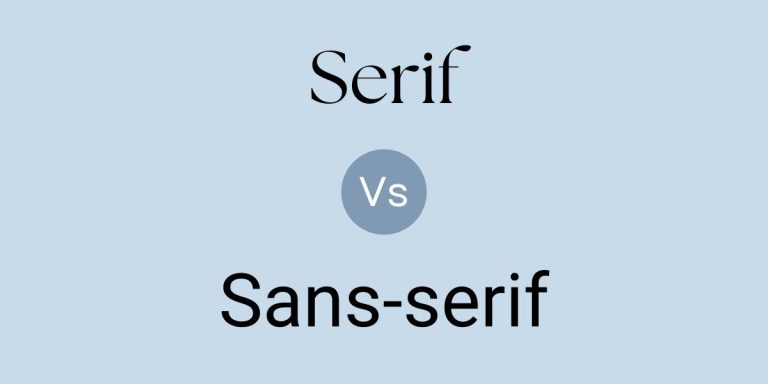
Image
Consider whether your sign would benefit from incorporating imagery. For example, a construction safety sign could feature a pedestrian symbol so that the message is universally recognisable by everyone. Similarly, a sign at a local wildlife park might include some images of the surrounding plants and animals. However, not all signs will not benefit from imagery so steer away from including images that are irrelevant to the message as this may create confusion or reduce the sign’s visual impact.
If including imagery, it’s also crucial to ensure there is a balance between both the text and the visuals. This means making sure the text does not overwhelm the images by being much larger, and vice versa. Ensure that neither the text nor the images dominate the sign by being excessively large. A well-balanced design will make your sign more effective and engaging.
In summary, Signage plays a crucial role in promoting businesses, providing essential information, and ensuring safety. Whether you need temporary signage for an event or long-term solutions for branding or directions, choosing the right materials can make a significant difference in the sign’s impact and durability. By applying thoughtful design techniques, such as high-contrast colours, minimal text, and balanced imagery, you can create an effective sign that conveys your message clearly.

